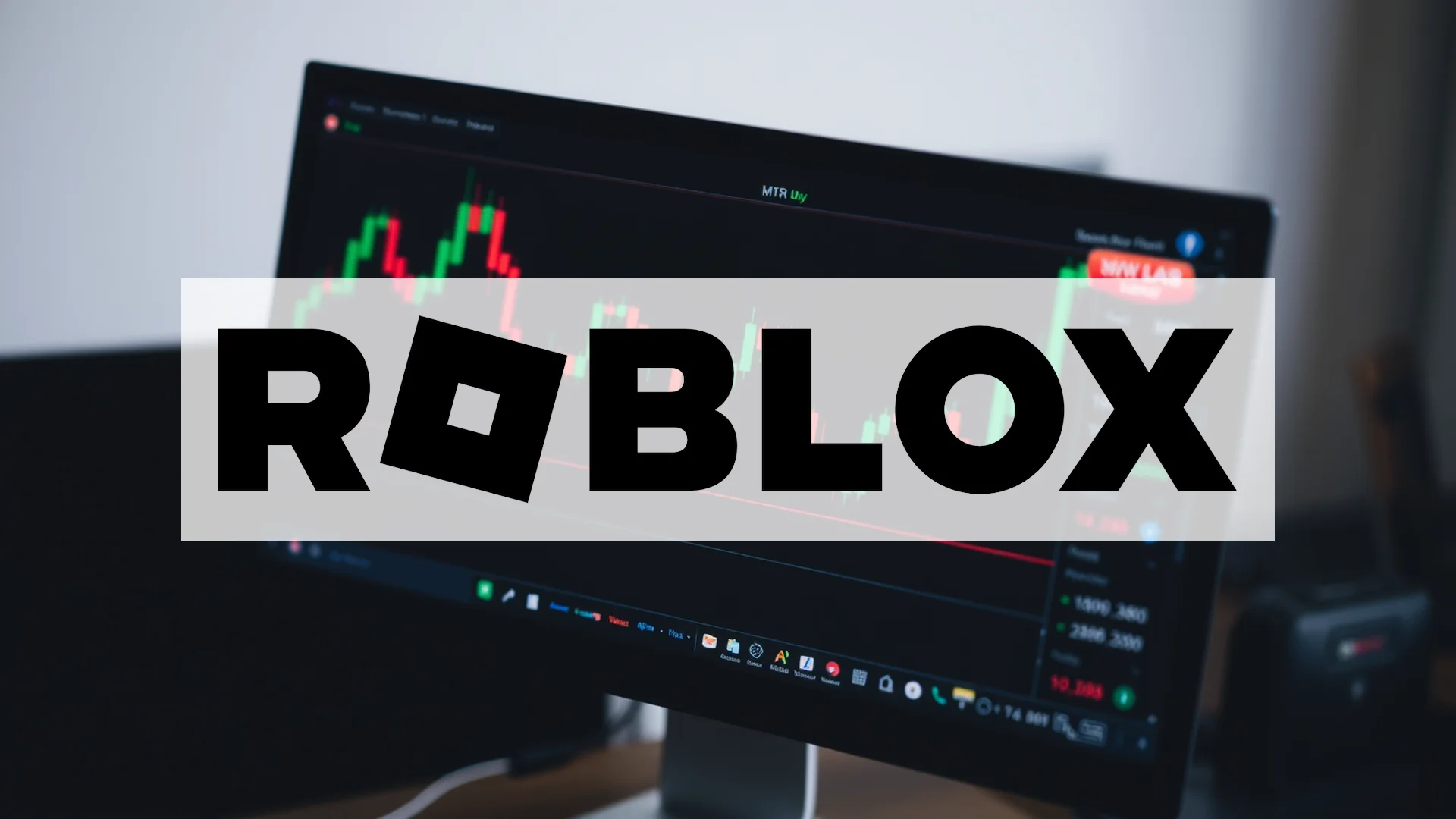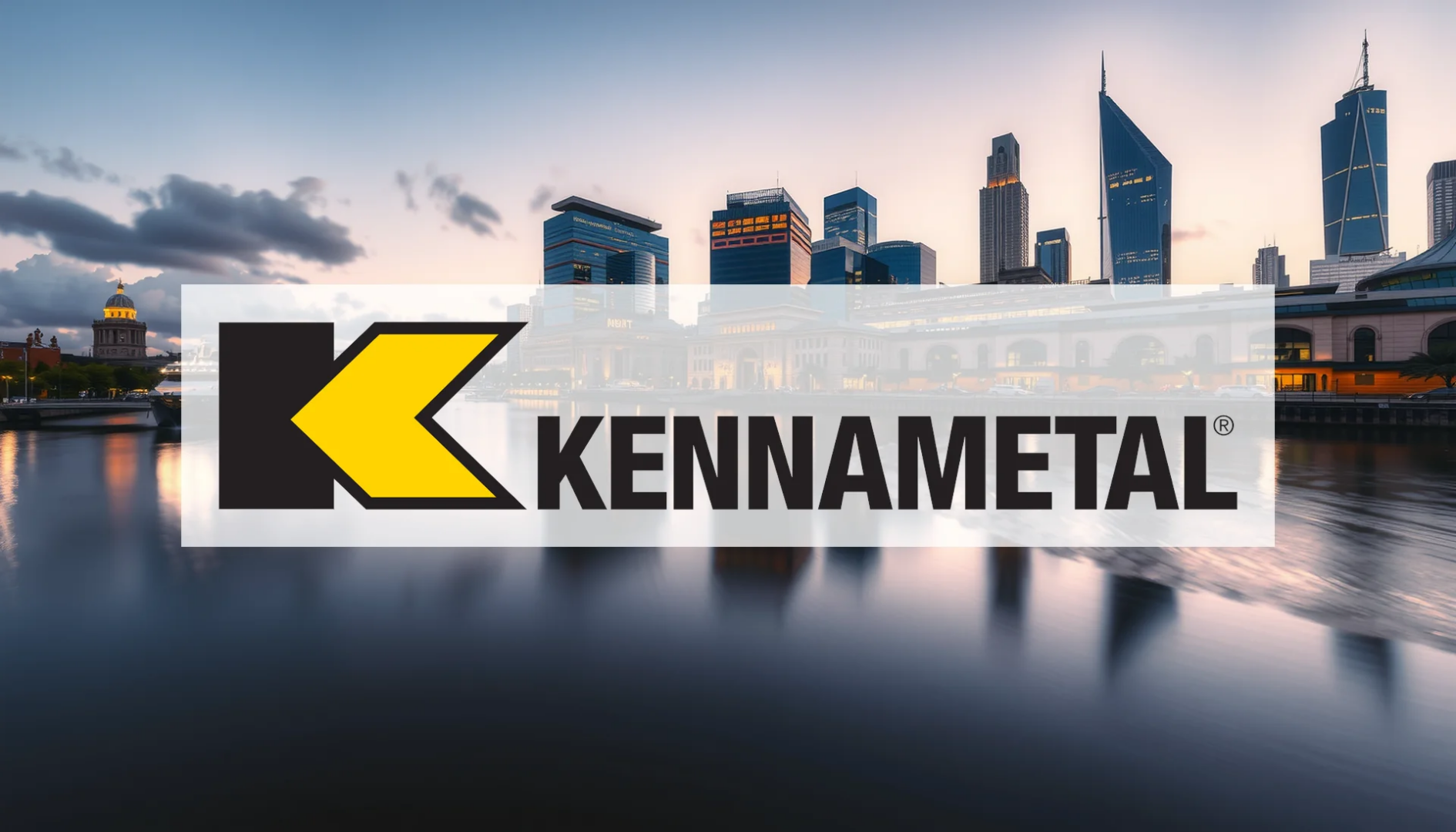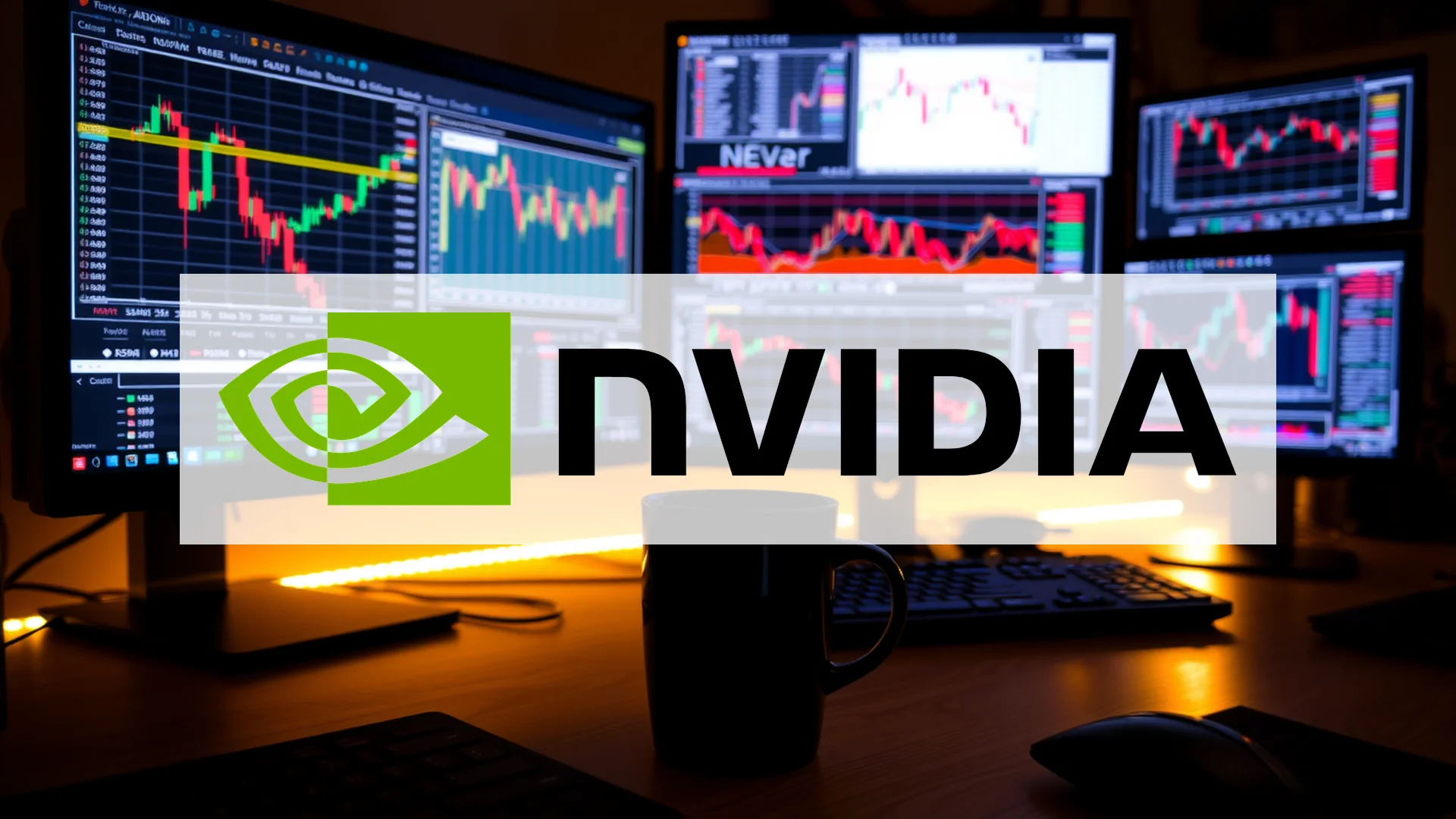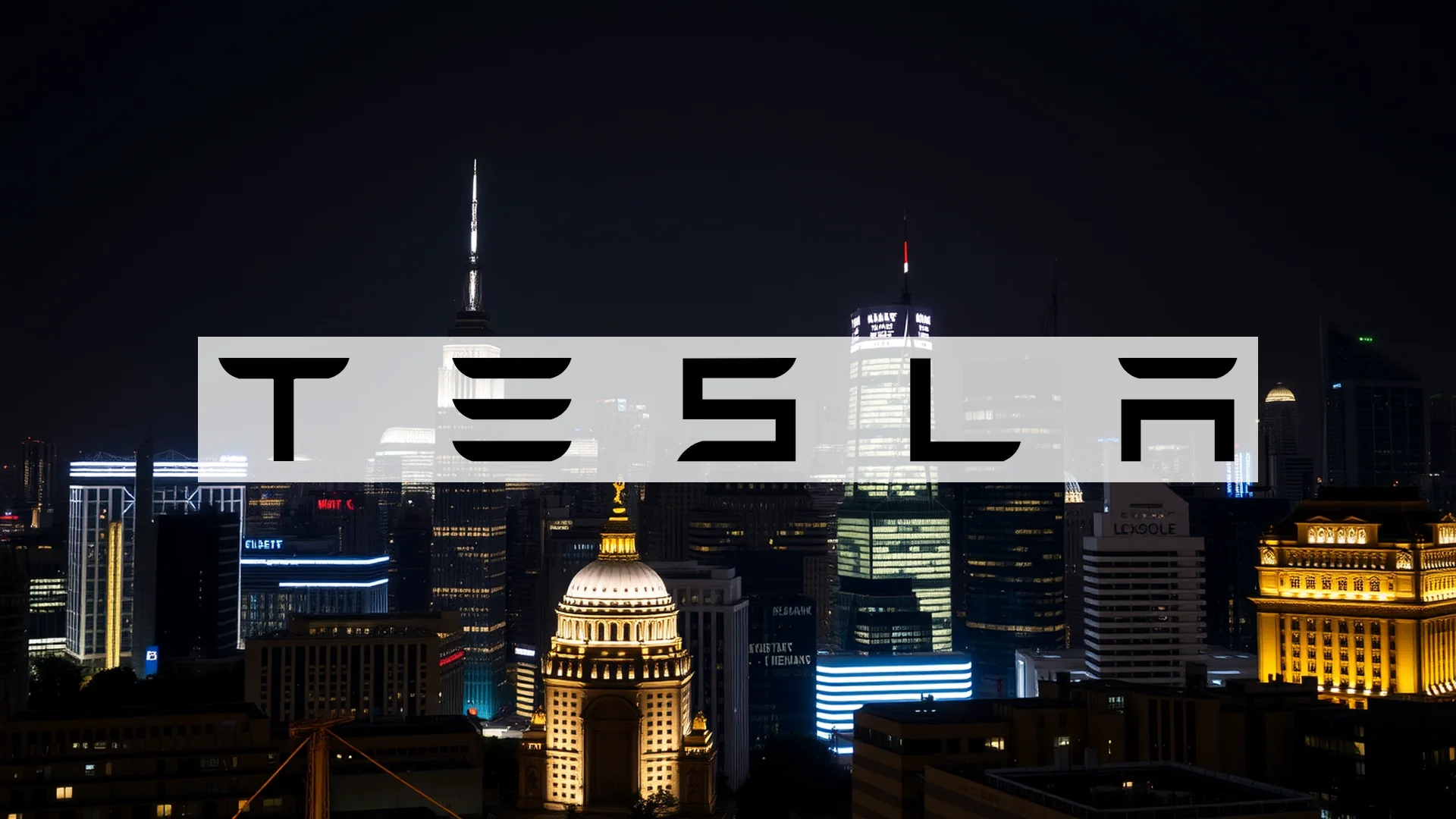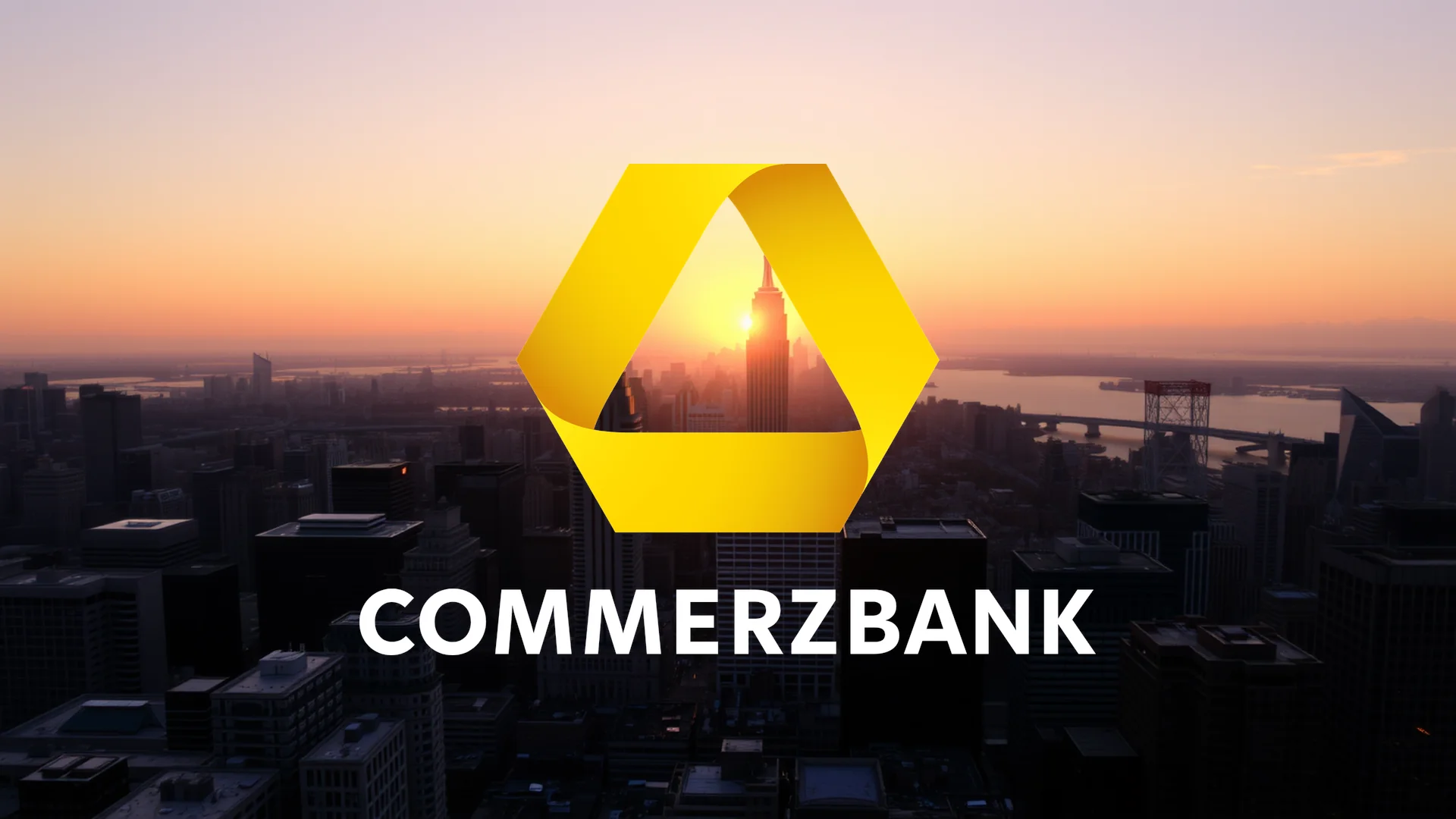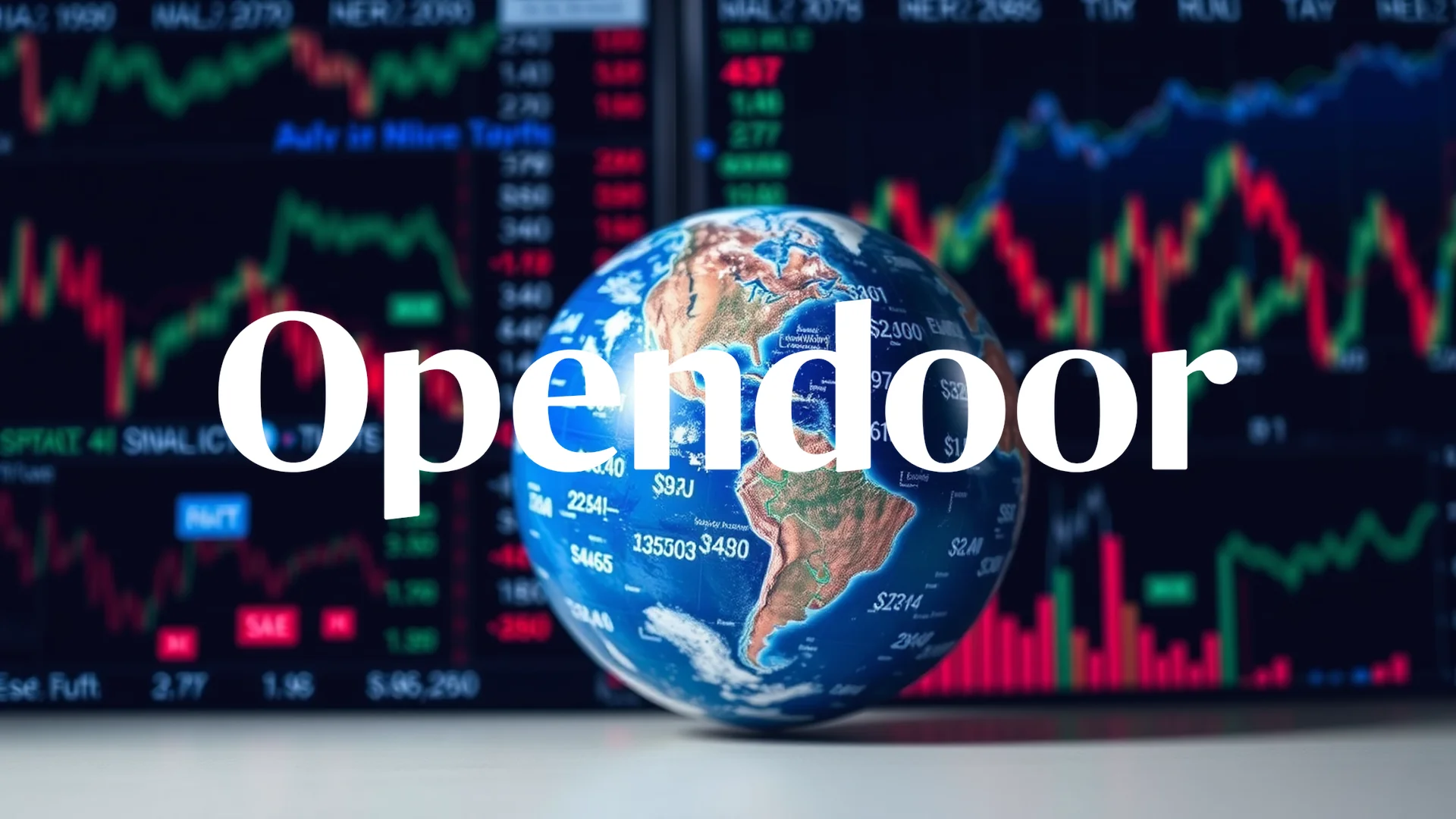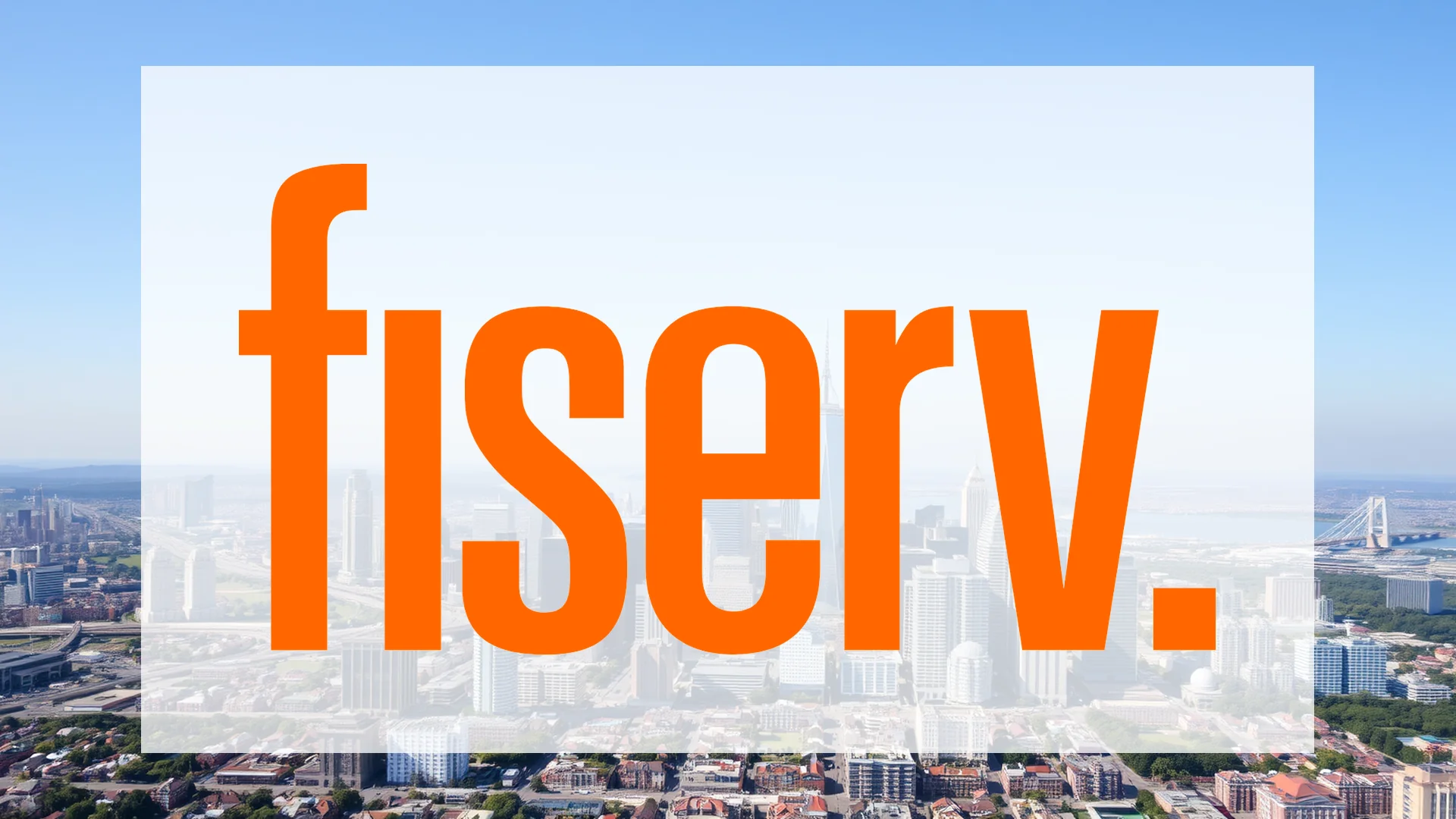In the competitive landscape of digital entertainment, two distinct corporate philosophies are vying for investor attention. On one side stands Roblox Registered (A), commanding a massive closed gaming ecosystem with 112 million daily active users. On the other is Unity Software, providing the essential technological infrastructure that powers countless games while strategically expanding into adjacent industries. This fundamental contrast between a user-centric platform and an engine provider presents investors with a compelling strategic dilemma.
Financial Footprint and Core Business Models
The valuation gap between these companies immediately reveals their divergent approaches. Roblox towers over its competitor with a market capitalization of $81.5 billion, dwarfing Unity’s $16.9 billion valuation by nearly five times.
Their operational frameworks differ just as dramatically. Roblox operates a self-contained digital universe where participants simultaneously create and consume content. The platform’s economic engine runs on its proprietary virtual currency, Robux, which facilitates all transactions within this walled garden. Unity pursues a business-to-business strategy, supplying professional developers with its sophisticated software engine. This technology enables the creation of 3D content across diverse applications, spanning mobile gaming to industrial design and architectural visualization.
The sheer scale of user engagement highlights another critical distinction. During the second quarter of 2025, Roblox users accumulated a staggering 27.4 billion hours on the platform, demonstrating an impressive level of user retention that creates significant competitive barriers.
The Roblox Growth Engine: Network Effects and Monetization
Roblox benefits from powerful network effects that continuously reinforce its market position. As more users join the platform, it becomes increasingly attractive to content creators, who in turn develop fresh experiences that draw additional users—creating a virtuous cycle of growth.
This commanding market presence grants Roblox substantial pricing power. The company maintains complete control over its virtual economy, collecting revenue from every transaction. This closed-loop system ensures consistent revenue streams directly tied to user engagement levels.
The platform’s financial performance underscores its continuing appeal, particularly among younger demographics. Roblox achieved a substantial 20.94 percent revenue increase in Q2 2025, demonstrating its ongoing expansion momentum.
Unity’s Strategic Positioning: Technology and Diversification
While Unity cannot match Roblox’s user numbers, it counters with technological sophistication, broader market diversification, and more capital-efficient operations.
As an essential tool for professional developers, Unity’s relevance extends far beyond traditional gaming. Architects, automotive designers, and filmmakers increasingly utilize the engine for real-time 3D simulations, reducing the company’s dependence on the volatile gaming sector.
Initiatives like the “Unity Vector” AI platform showcase the company’s commitment to technological advancement. Both companies currently operate at a loss, but Unity maintains superior cost efficiency. Roblox’s operating expenses recently reached 130 percent of revenue, indicating an aggressive growth-oriented spending strategy, while Unity functions with a leaner cost structure.
Financial Health and Market Valuation
The companies’ diverging growth trajectories highlight their unique challenges. While Roblox continues its double-digit expansion, Unity experienced a 1.85 percent revenue decline in Q2 2025, suggesting headwinds in core markets or monetization difficulties.
Profitability remains elusive for both entities. Roblox reports a startling -354 percent return on equity, while Unity’s -13.6 percent performance, while negative, represents significantly less capital consumption. This disparity indicates Roblox’s substantially more aggressive investment in growth initiatives, carrying correspondingly higher risks.
Comparative Financial Metrics
| Metric | Roblox | Unity Software | Industry Average |
|---|---|---|---|
| Price-to-Sales Ratio | 21.1x | 9.4x | 5.8x |
| EV/Sales | 21.14x | 9.81x | 5.6x |
| Debt-to-Equity | 2.94x | 0.70x | 0.5x |
| Return on Equity | -354.3% | -13.6% | 12.5% |
| Beta | 1.63 | 2.33 | 1.0 |
Unity’s impressive 74 percent gross profit margin highlights the inherent profitability of its software business model, though elevated operating expenses erode these gains. Roblox’s nearly 3.0 debt-to-equity ratio indicates a riskier financial position compared to Unity’s more moderate 0.7.
Investment Outlook and Strategic Pathways
Roblox faces two potential futures. If the company can successfully convert its dominant network effects into sustainable profitable growth, it could establish itself as the premier entertainment destination for coming generations. However, its aggressive investment strategy must yield returns before capital reserves diminish. Market experts currently rate the stock as a “Moderate Buy” with average price appreciation potential.
Unity’s strategy emphasizes diversification. Its expansion into enterprise applications and professional 3D content creation could generate more predictable revenue streams. Should the company reverse its revenue decline, its current discounted valuation offers substantial upside potential. Analysts remain more cautious regarding near-term growth prospects, maintaining a “Hold” rating on the stock.
Strategic Crossroads: Scale Versus Substance
Roblox and Unity represent two contrasting approaches to the digital economy. Roblox dominates through sheer scale and powerful network effects, but consumes substantial capital in the process. Unity competes with technological excellence and operational efficiency, yet struggles with growth stagnation.
For risk-tolerant investors with extended time horizons, Roblox presents the more speculative opportunity—provided the company can navigate a path to profitability. Unity appeals to those prioritizing technological innovation and financial stability, though its higher volatility (beta of 2.33 versus 1.63) suggests a bumpier investment journey.
The ultimate investment decision rests on whether one believes in the power of user scale or the value of foundational technology. In today’s rapidly evolving digital landscape, both strategies could ultimately succeed—or face spectacular failure.
Ad
Roblox Registered (A) Stock: Buy or Sell?! New Roblox Registered (A) Analysis from October 7 delivers the answer:
The latest Roblox Registered (A) figures speak for themselves: Urgent action needed for Roblox Registered (A) investors. Is it worth buying or should you sell? Find out what to do now in the current free analysis from October 7.
Roblox Registered (A): Buy or sell? Read more here...

